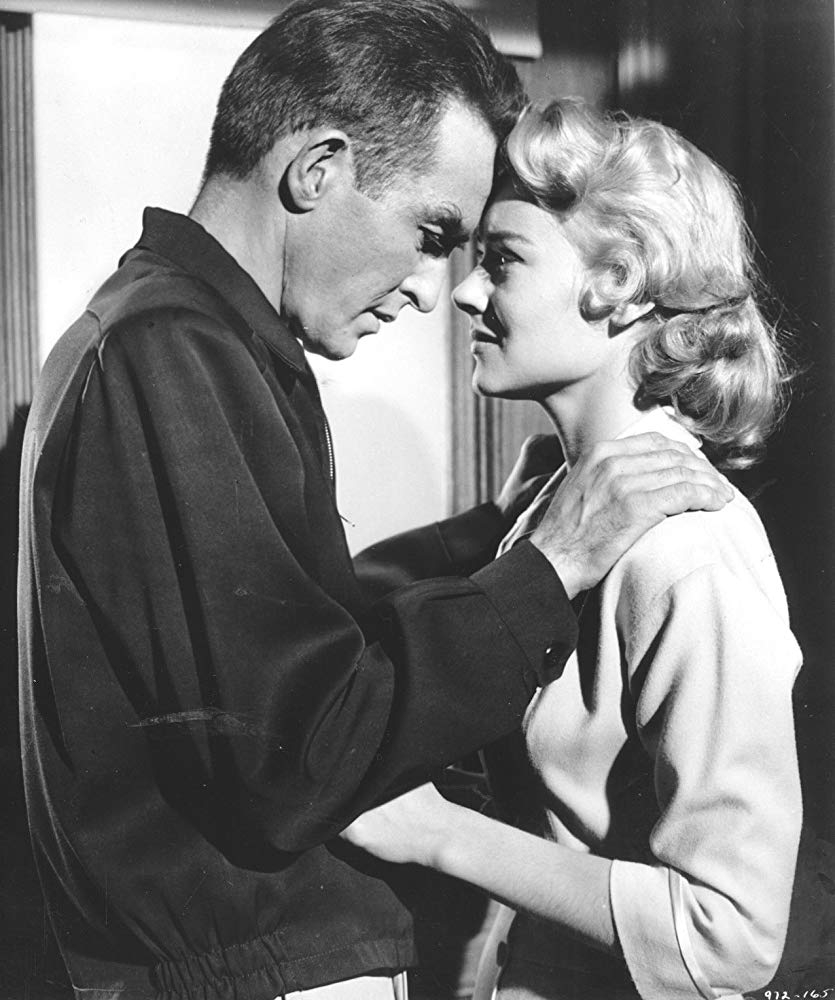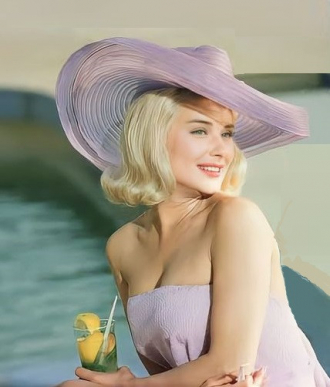Montgomery Clift and Hope Lange in THE YOUNG LIONS.
A photo of Montgomery Clift
Date & Place:
Not specified or unknown.


 Amanda S. Stevenson
Amanda S. Stevenson 



